‘Guilty as charged, Your Honour.’
‘What is the charge, accused?’
‘Well, Your Honour, it was 4 weeks ago when I promised the defendants some recipes from a now-distant trip to Barbados’.
‘And why have you kept them waiting so long?’
‘Well, Your Honour, since then
1) The pain in my right, writing hand has come back aka RSI (see I work almost 8 hours a day on the computer at work + X hours at home!)
2) I have begun a period of ‘study’ for the next 6 months with assignments due every fortnight
3) I’ve decided to also grow my ‘dessert-making skills’ and have been trying and testing various recipes, which I will share soon
4) Plus I’ve returned to TV watching. On this note, I ask the defendants to forgive me. Life may never return to normal but I promise to keep them updated and find out how they’ve been doing too.’
Turning to the defendants, the judge asks
‘Do you forgive the accused?
The defendants respond ‘Lets see what she has on offer first, then we’ll decide.’
So here begins this tale of three dishes, made in under an hour and arguably the best of Barbados food sampler I had, but I will start at the very beginning.
 Of the three cooking classes recommended by an article I read, I chose the Sweet Potatoes class because it was close to where we stayed. The ad for Sweet Potatoes read so:
Of the three cooking classes recommended by an article I read, I chose the Sweet Potatoes class because it was close to where we stayed. The ad for Sweet Potatoes read so:
Most all Barbadians, it turns out, are willing to teach visitors how to cook Bajan-style. Visit the kitchen of Sweet Potatoes restaurant for one of its one-, two- or three-day classes, and you’ll leave with a bottle of Bajan spices and a recipe for (among other traditional dishes) Souse and Pudding, which is grated sweet potato stuffed into pig intestine and topped with meat from the pig’s head and feet. It tastes better than it sounds. Really.
Sweet Potatoes St. Lawrence Gap. (246) 420-7668. Classes are taught from 3 to 5 p.m. on Wednesdays and Fridays, and from 9 to 11 a.m. on Saturdays. Cost is $35 for one day, $55 for two days and $85 for all three days. Call ahead to book.
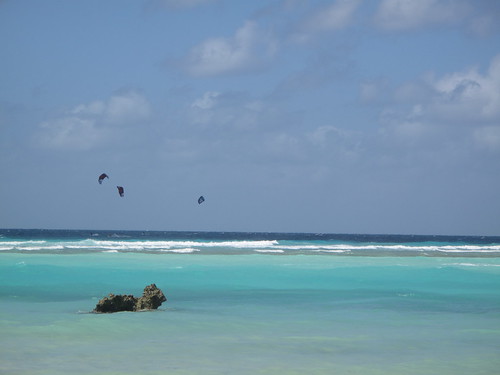
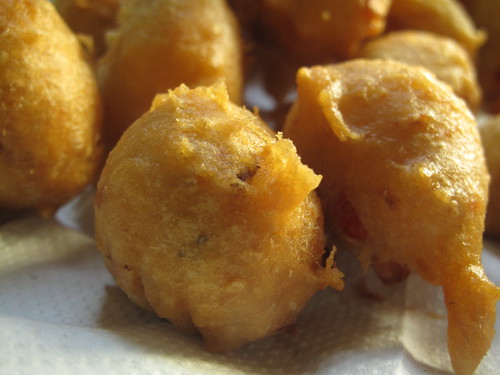
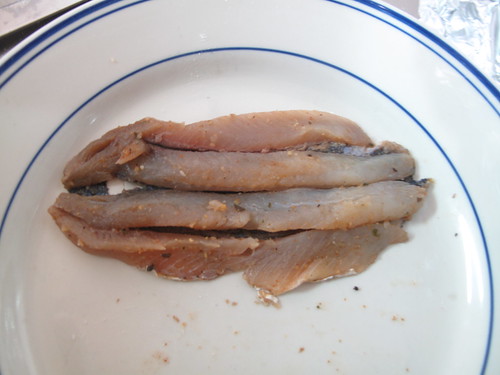
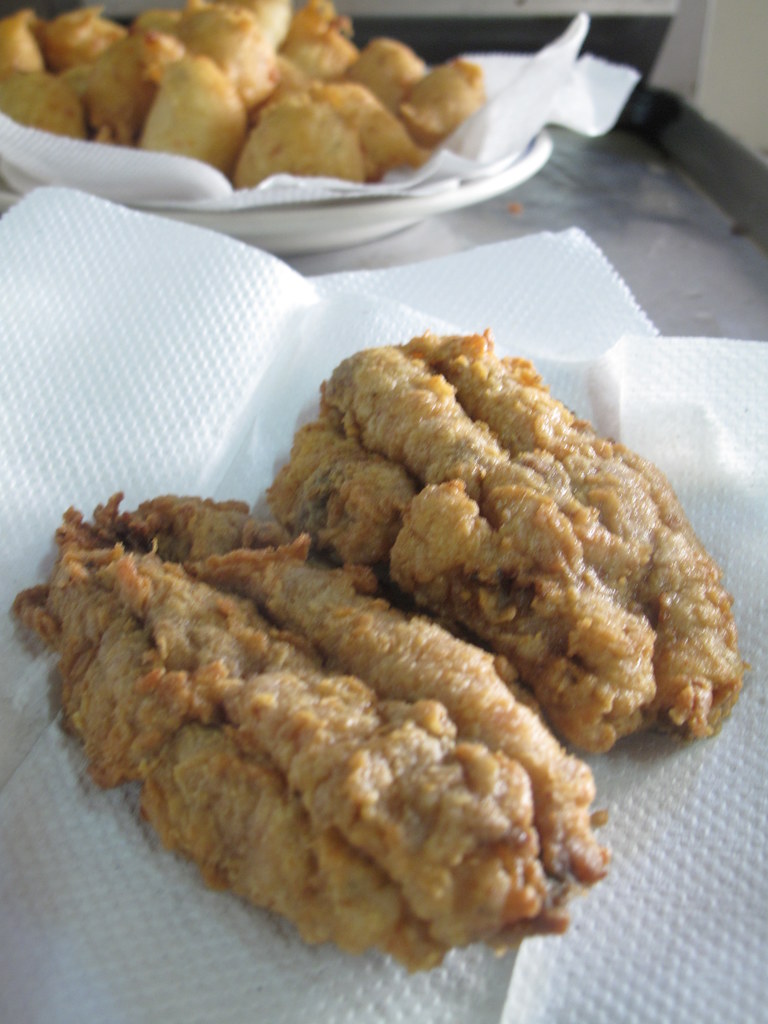
And last but not least by any measure was the steamed flying fish fillets or rolls! This fish is one-part of the famous Bajan national dish – Flying Fish and Coucou!
These fillets were not skinned. The lady quickly seasoned them and rolled them up. To prevent them from unfurling in style during the short steam once rolled up, she gave each roll a thump/whack with the palm of her hand, flattening it out a bit and effectively setting it and negating the need for a toothpick to secure it!
She placed both fillets in a pan filled with water which had been brought to a light boil.
To the pan, she added a know of butter, some ketchup (tomato puree can also be used), chunky chopped tomatoes and onion slices and finished off with a pinch of salt and sprinklings of dried thyme and marjoram.
As the fish cooked, she stirred around the rolls, tasting, adjusting and just moving things around, scooping some of the sauce onto the fish till, a few minutes later it was all cooked. Again, this went home with us and the little taste I had of it was great. What Ir eally enjoyed was the tip about hitting the rolls with your palm to prevent them from opening up during cooking.
The class lasted under an hour, for which I forked out just over $30 USD. In my opinion it was well pro-rated as the advertised 2 hour class cost $65 USD. And though I didn’t leave with any seasonings, I did enjoy my time spent in the Bajan kitchen, cooking, learning and experiencing a bit of authentic Caribbean food. I would do it all over again.
The morning ended with a second drink of coconut water. Now, to be honest, coconut water and milk are night and day. Very different. While the water, is warm and mild tasting, coconut milk is not. Saying that, I enjoyed drinking warm coconut water on a warm day. Considered a health drink, good for body and bodily functions, I had myself some. Once opened, I could drink from my ‘rose’ coconut.
While I drank, customers came up to buy the water, by the litre.
When I was done, all ready to walk away, the seller stopped me, letting me know that I was only half done. See, usually, the coconut is open once the water is drunk and the young flesh, eaten with a scoop slashed out from the side.
I enjoyed this, very much. New to me, and tasty too. It had the flavour of the coconut, albeit it softer and less pronounced but the texture of custard, rather than the hard crunch of the mature coconut. What an experience.
And there you have it, in one post, my Bajan cooking class. Thanks for your patience and lots of love.
Thank God too for unbroken promises – accept this Hibiscus flower as a token of – love, kindness, missing-you and whatever else.
Leading the defendants to say? We forgive you? Or we don’t. What will it be?

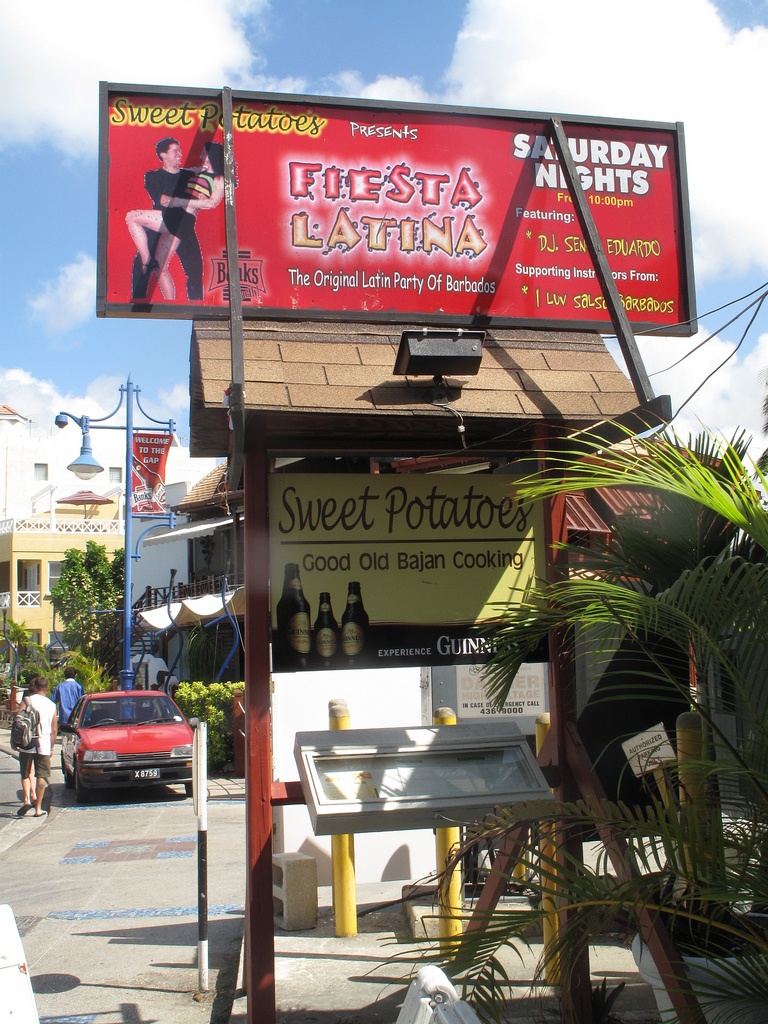
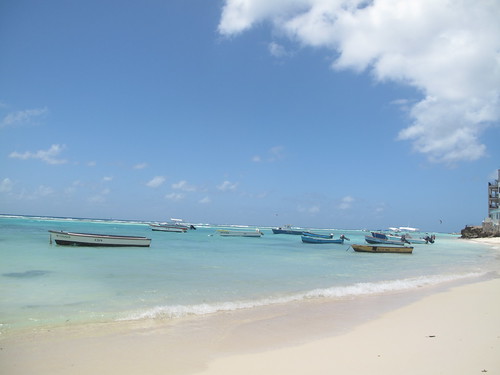
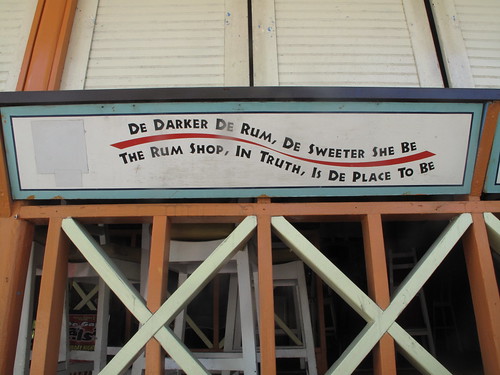
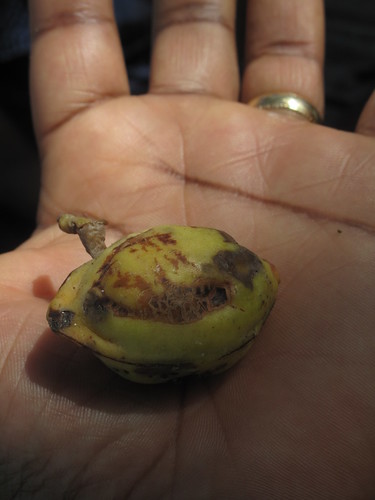
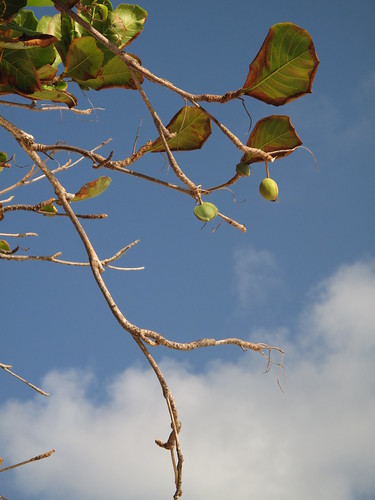
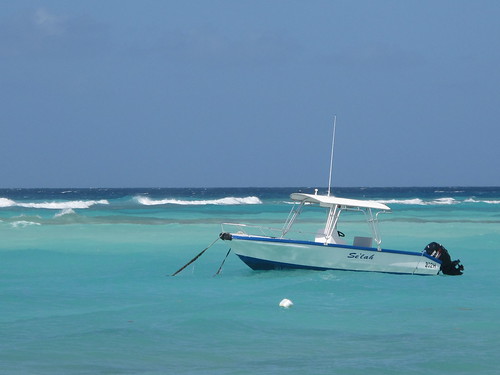
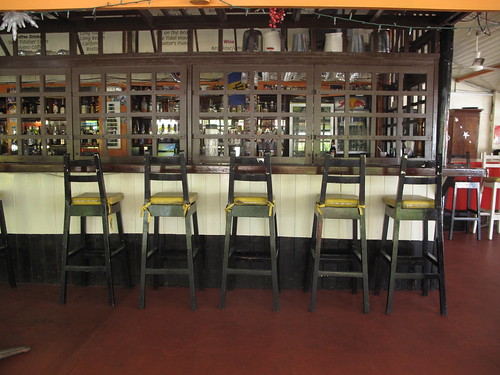
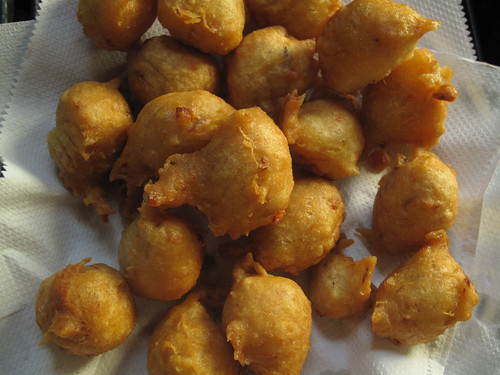

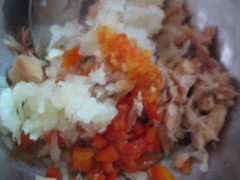
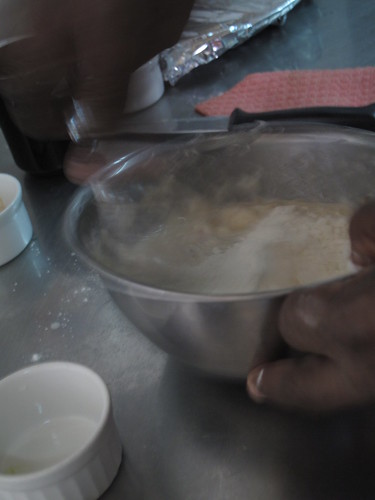
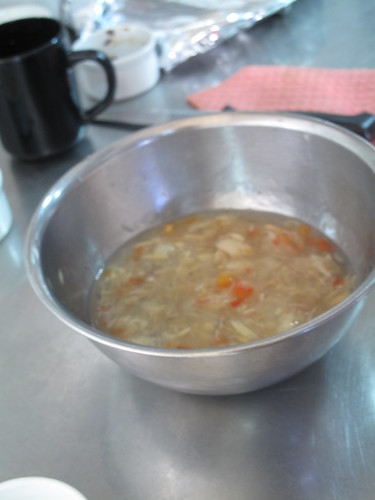

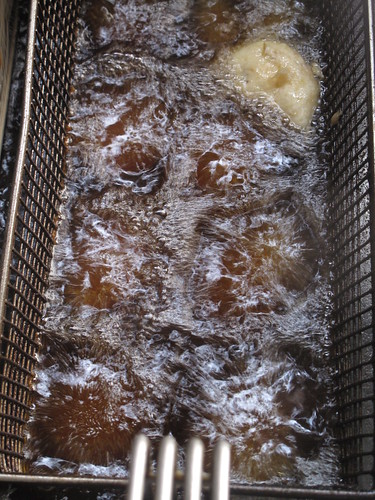
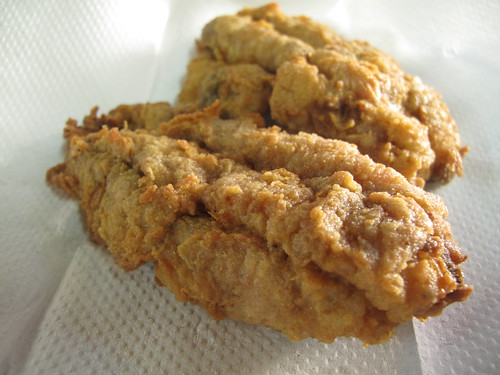

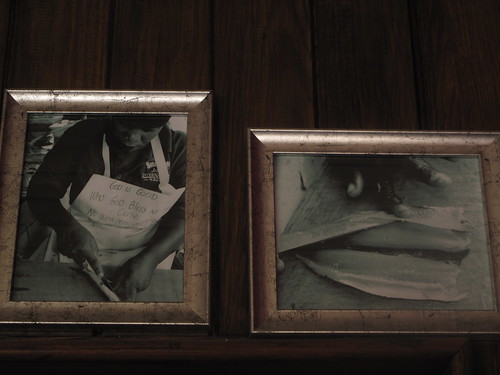
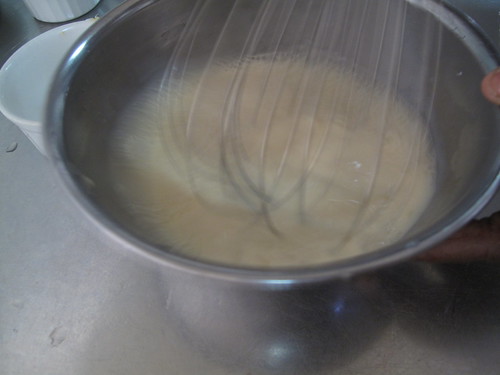

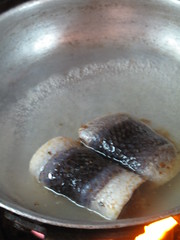
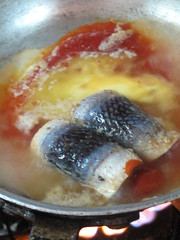
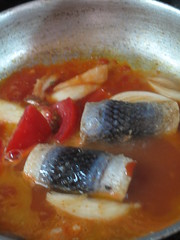
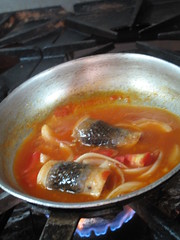
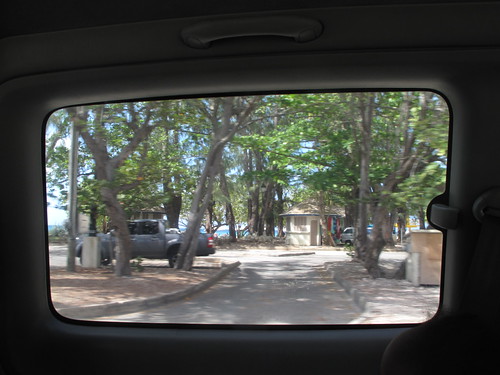
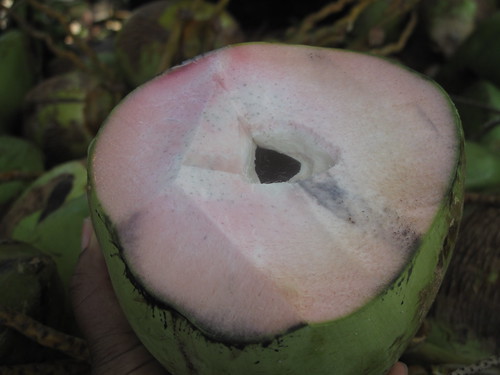
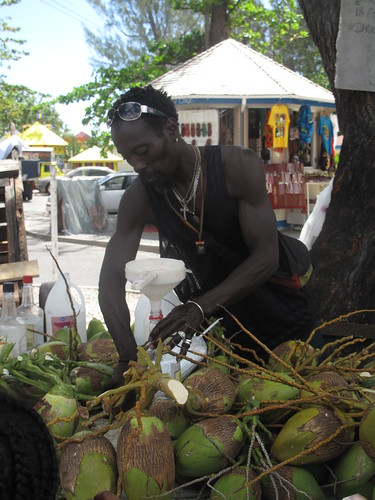

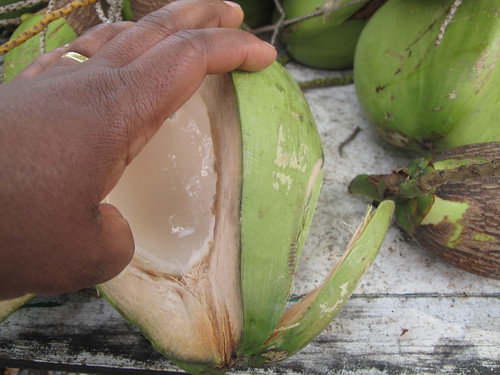
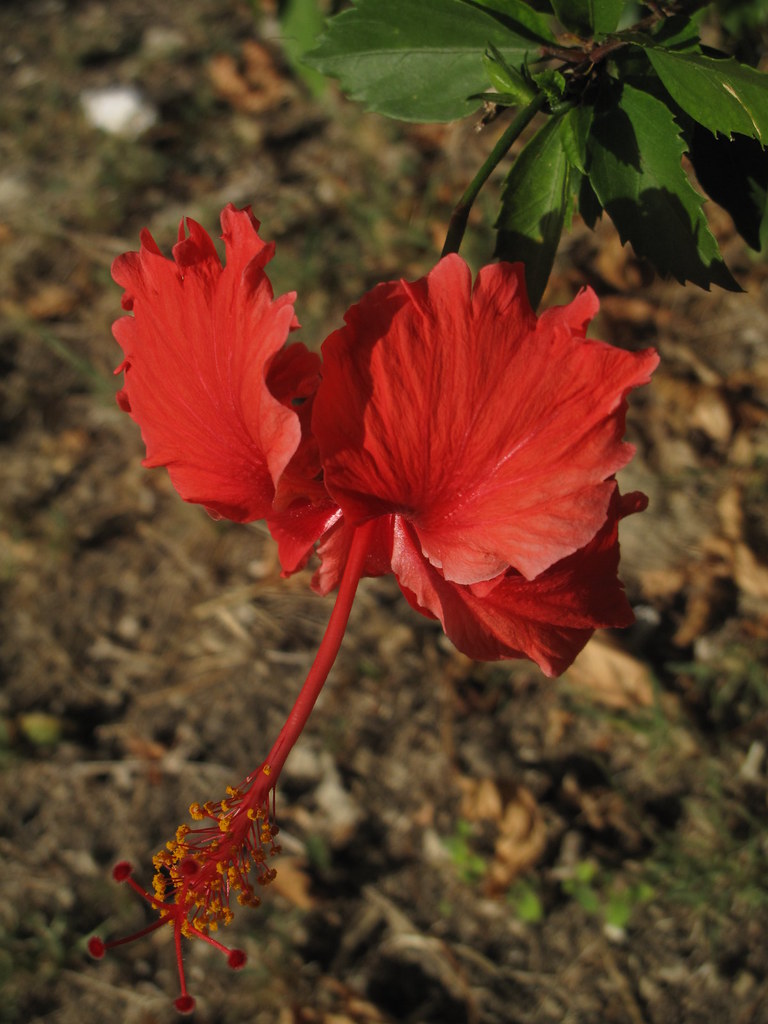
Leave a Reply